Fascinating Geometry
Joe Celli, #5, encaustic, oil stick, and rayon mesh, 10” x 10”
From the earliest days of art history geometry has continued to fascinate both artist and viewer. One of the oldest known artworks ever found contains geometric linework (a half-million-year-old zigzag!) etched on a fossilized mussel shell. Its cultural importance can be seen in the geometric imagery that flourished around 900 BC in Greece and notably in its recurrence at the turn of the twentieth century with the rejection of literary academic art. It is used vastly throughout religious artwork and is often considered sacred. It spans culture, time, medium, and continues to capture our imagination even today.
We've been watching the many ways artists have explored geometry with our materials, which came to light while researching for our newsletter on encaustic inlay. We spoke with two artists, Joe Celli and Penny Dell, about the application of geometric ideas in their encaustic work. Penny visits our studio regularly and works with collaged geometric patterns, often on paper. Joe inlays a multitude of translucent geometric shapes to build a dimensional surface in an almost cathartic experience.
Joe Celli, Minus 1, encaustic on panel, 24” x 24”
Here is what Joe had to say about working with geometry in his paintings:
"Experimenting with opaque and translucent layers of intersecting geometry is a way to restore order to a life that has long ruled by the chaos endemic to my career. The luminous characteristics of the medium are simultaneously captivating and challenging. My work frequently begins with intentions of precision but I conversely know that the wild molten nature of the medium is something that will never fully be tamed. The limitations of time, temperature, and tension remain as present in my work as they have always been in my life."
Penny Dell, Blockaroni, encaustic, monotype, and security envelopes, 27” x 21”
Penny Dell, Gilded Spill, encaustic, monotype, security envelopes, and gilding, 34” x 27”
Penny Dell on the relationship between geometry and material in her work:
"When I began using hexagons, they led me to the rich vocabulary of quilting. The hexagon deconstructs in many ways, but now a favorite is diamonds + chevrons, which create yet another rich referent: an optical effect known to quilters as “tumbling blocks”. It’s very applicable to many security concerns today.
The optical “pop” of this series is enhanced by using printmaking methods – primarily woodblocks and a paper overlay which adheres the layer at the time of putting the block and its receptor through the press.
What else can I do to it? I’ve translated the patterns into silkscreen, layered them with encaustic, dried them over chicken wire, and also encased them within hand-made paper. Each process communicates a very different experience. For example, the fragile delicacy of the handmade paper speaks of vulnerability and transience."
Penny Dell, Mirage II, encaustic, handmade paper, and paper pulp, 10” x 8”
While geometry may be an art of precision, it's clear there are infinite ways to interpret and apply it through art.





